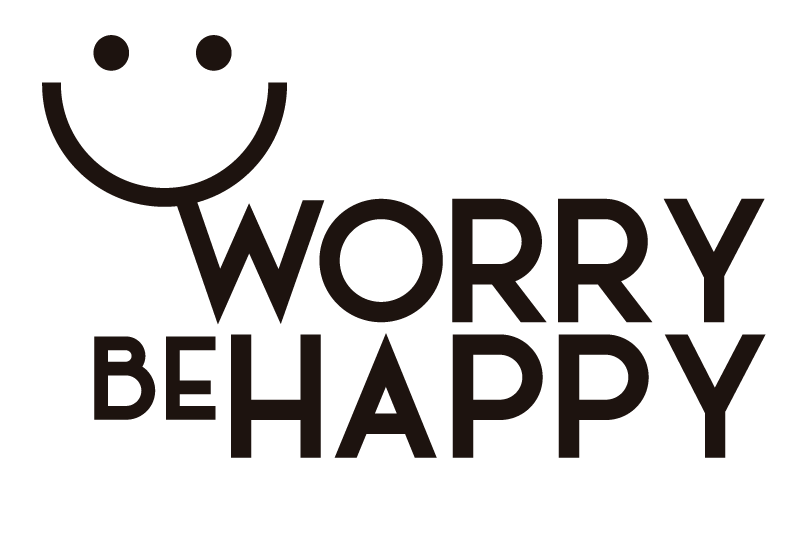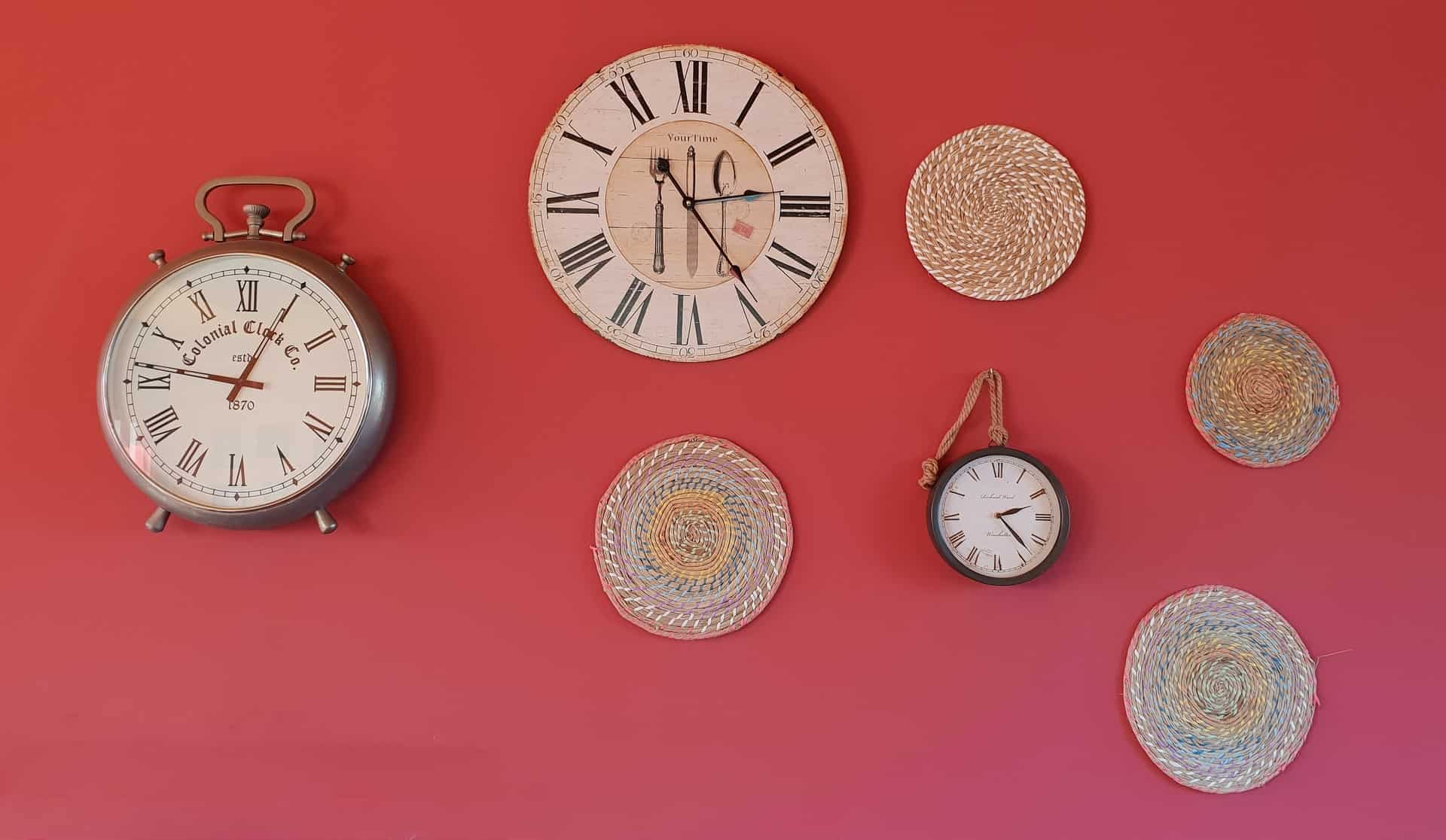I get it. And yes, you can too!
We all have been there.
- We have listed all the things we have to do,
- we’ve organized them,
- we’ve set priorities,
- we’ve left our inbox to zero,
- we know we have to start doing, but…
… we don’t do.
We love to do easy things, those that don’t need to be creative, to think, to make a simple “extra effort” that seems a huge cliff.
We love replying to e-mails, moving things, making operative things that anyone can do. That gives us a (false) sense of being productive.
We’re just waiting, watching the time, minute by minute, to see if “departure time” arrives. Sooner or later, it comes. Then, we ran away.
Another “productive” day.
But let’s be honest. We don’t feel right.
We know we didn’t do what we should. Even worse, we know that the task, the real critical one, will be waiting for us tomorrow.
This is just the essence of the procrastination process.
A process that attacks us every day. It’s merciless. We cannot escape from it because it’s inside us.
We have no alternative but to manage it. Or, better said, to kill it.
Right now, I’ll share the steps I’m following for decades.
As always, I’ll try to be direct, pragmatic, giving you a procedure that works, that it’s tested, that it’s easy to implement.
Whenever you start doing it, practicing it on a daily basis, it’ll become a natural reaction for you, something deep inside you.
You’ll become a procrastination murderer, the first step to becoming a goal achiever. I haven’t found any other way to do so.
So, let’s go!
STEP 1: Mindset
For everything in life, you have to be 100% convinced of it. You have to believe in it. Even better, you have to be that thing.
Identity is part of your growing process as a human being:
- You’re not going to read every day, you’re on your way to becoming a reader.
- You’re not going to run every day, you’re on your way to becoming a runner.
- You’re not going to stop eating junk food every day, you’re on your way to becoming a healthy person.
When you believe you are on your way to becoming something, you are really on your way to making it happen.
You’ve just converted a habit into a way of living.
In our case, you have to be 100% convinced you need to do that task. That task is essential to achieve your goal. Without it, you won’t make it.
If you are not 100% convinced, leave it, forget about it. That task is not a priority, and our life must be only focused on priorities.
Problem solved!
Task done!
If you are 100% convinced, you have made the first step towards working on that task. You believe in that task. It’s vital for you. You start identifying with it.
Now it’s not something stupid or nonsense. It’s an essential tool to drive you towards your goal.
Goals are the most critical thing in your life. They give sense to your existence. They make you feel proud, fulfilled, happy.
Now, you’re motivated.
You’re starting to get into the right mood, the flow you need to accomplish that ESSENTIAL task.
STEP 2: Think doing is the easy part of life
Doing is easy. You just need to… well, do.
The hard part of life is this:
- Converting a thought into a reality.
- Setting goals.
- Measuring things.
- Analyzing risks.
- Thinking strategies.
- …
Doing is easy. It is what machines do.
I never saw a machine setting the strategy of a whole company by itself.
We (human beings) have evolved and investigated a lot about machine learning, artificial intelligence, but I think human beings are still far, far away from them.
Our combination of rationality and feelings/emotions is hard to replicate.
We’re a very rare species, with astonishing capacities, being able to create amazing inventions, making great discoveries. We’re a sort of genius.
If we mentally reduce the importance of doing, our mind will see it more accessible, we’ll see it as something that requires much less effort than we initially thought.
This second mental step will drive us to lose that initial fear we were suffering at the beginning.
Fear is what stops us from doing.
Confidence is what makes us moving that little step forward we need to begin action.
STEP 3: Think about your sensations whenever you do it.
As I said before, we’re a very rare species.
We’re the only ones who can use our imagination to think about the past or the future and feel it.
I mean, we can exactly feel the same sensations about that past or future experience at our present.
It’s craziness and stupidity at the same time because that ends up losing energy, the energy that we can use at present to produce action, to do things.
Now, let’s think differently.
Instead of using that capacity to create anxiety, stress, fear, or depression, why don’t we use it to focus on positive things?
Think about how you will feel whenever you’ve done that task.
Feel that sensation of release, freedom, pride, satisfaction.
Can you feel it? I’m sure you can.
Visualizing things is one of the most productive techniques to motivate us. Use it to give you even more energy to start doing your task.
STEP 4: As you may know, things will be easier and faster than you thought
I’m sure that if you think about your past procrastinated experiences, whenever you’ve done that daunting task, you’ve concluded these 2 things:
- You finished the task sooner than you thought. It didn’t take you so much time.
- You had an amazing, fantastic, and positive sensation whenever you finished it. If it is so, why can’t we avoid procrastination more easily?
A week ago, I asked Coach Tony these 2 points because I’m inside his course “Heavy Mental Training Program”.
This was his answer, which I totally agree.
“An expert in procrastination like Tim Pychyl says it’s usually short-term mood repair. Sure, there would be benefits in doing the work. But there are also shorter-term benefits to not doing it.
On the other side, we think we are rational creatures, but in our deepest being, we’re not. Our life is full of irrational behaviors based on our most animal and primitive nature.”
Coach Tony finished his answer with this remarkable statement:
“Why would you be rational? You are the result of an imperfect, unplanned process of evolution, raised by a similarly imperfect family, inside an imperfect culture. To be rational would be a surprise. All we can really work toward is to be rational more often. Your rational decision-making process is in charge of the minority of your decisions.”
So, always think you will do your task sooner and faster than you may think. This is just the only extra fuel you need to move to step 5.
STEP 5: Just make the first step, the easiest one
Procrastination is only based on starting the car.
Whenever you spend the first 30 seconds, you’re done. You will be into the flow.
That never fails.
Think about the most stupid initial step:
- Touching your keyboard.
- Taking your mouse.
- Holding your phone.
- …
Don’t worry. Nobody’s watching you.
You’ll never tell anyone about this situation.
Don’t feel embarrassed.
Look at me. I’m even writing it and publishing it to the whole world.
All of us will keep us alive, even doing these “stupid” things.
Success is just doing lots of “stupid” things every day.
One step will automatically lead to the next:
- Are you going to touch the keyboard and not starting typing that “stupid” report your boss asked you for?
- Are you going to take your mouse and not launch that “horrendous” application you need to test?
- Are you going to hold the phone and not starting dialing numbers to make that phone call you were avoiding for 2 days?
By the time you figure it out, not only will you have started doing your procrastinated task, you will have finished it, as we both saw in our fourth step above.
Takeaways
Believe it: you can kill procrastination.
Many people do it daily.
How come would our evolution process have worked if we would be attached to procrastination?
Even great geniuses, productivity geeks, big politicians, outstanding performers suffer it. They just use techniques to overcome it.
They lose some battles but win most of them. That’s the key.
Don’t think this 5 step process is tough or slow. Whenever you convert it into a habit, it’s just seconds to implement it.
We’re habit creatures. Habits work both in bad habits and good habits.
Create this good one. It’s really worth it!
Photo at the top courtesy of Karim MANJRA on Unsplash.

